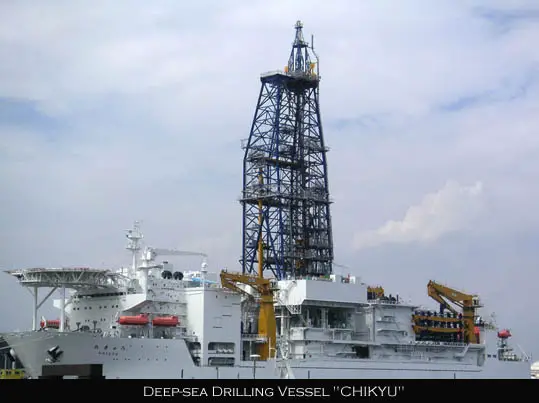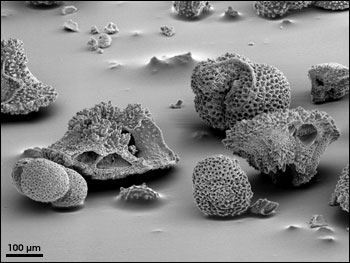Climate and ocean cores: Paleoclimate evidence from ice cores, tree rings, and other natural recorders reveals that large changes in climate such as in temperature and precipitation have happened in the past. The changes have occurred over decades to centuries, sometimes affecting small regions and sometimes entire hemispheres. The changes are massive compared to anything we have experienced since people have been keeping records of climate. Climate change refers to the changes in average weather conditions that generally occur over long periods of time, usually centuries or longer. Occasionally, these changes can occur more rapidly, in periods as short as decades. Such climate changes are often characterized as “abrupt.”
A key step in the study of abrupt climate change is to date the fossil record. While we don’t often think of tree rings or layers of mud as “fossils,” they are natural recorders or proxies of change in the past, much like fossils of plants or animals record past organisms and can be dated using various techniques. Scientists have different tools to date samples, ranging from layer counting in trees and some ice cores, to the analysis of radiogenic isotopes whose decay forms a precise clock marking long intervals of time.

The Chikyu (Japanese for planet “Earth”) seen above, cost $540 million and is a colossal 57,500-ton, 210-meter-long white ship developed to drill deep below the ocean floor. Besides being the most sophisticated laboratory on the seas, the science vessel boasts the tallest drilling derrick at 112 meters above the waterline and a drill pipe that is 9.5 kilometers long–22 times the height of the Empire State Building. The borer drills through 7,000 metres of crust while floating in seas up to 2,500 meters deep. Its drilling system uses a 380-ton protective casing over the wellhead that is about the size of a six-story office building. It shields the vessel against eruptions of methane gas and pressurized fluids and allows for the secure retrieval of nine-meter-long core samples.
Ocean cores proved invaluable as scientists built a picture of the Ice Age Earth. They provided a record of a large part of the Earth stretching back millions of years, showing large patterns of climate change. The most valuable fossils found in sediment cores are from tiny animals with a calcium carbonate shell, called foraminifera.
The microfossils themselves can speak volumes about the chemistry and temperature of the ocean. The calcium carbonate shells of foraminifera and coccoliths (their plant counterparts), and the silicon dioxide shells of radiolarians (animals) and diatoms (tiny plants) all contain oxygen. Oxygen in sea water comes in two important varieties for paleoclimate research: heavy and light. The ratio of these different types of oxygen in the shells can reveal how cold the ocean was and how much ice existed at the time the shell formed. In general, the shells contain more heavy oxygen when ocean waters are cold and ice covers the Earth.
 Foraminifera skeletons found in sediment cores provide scientists a means to date cores. Fossils also contain information about ocean temperature, chemistry, currents, and surface winds. (Micrograph copyright Eric Condliffe, University of Leeds) Climate and ocean cores, Climate and ocean cores
Foraminifera skeletons found in sediment cores provide scientists a means to date cores. Fossils also contain information about ocean temperature, chemistry, currents, and surface winds. (Micrograph copyright Eric Condliffe, University of Leeds) Climate and ocean cores, Climate and ocean cores
